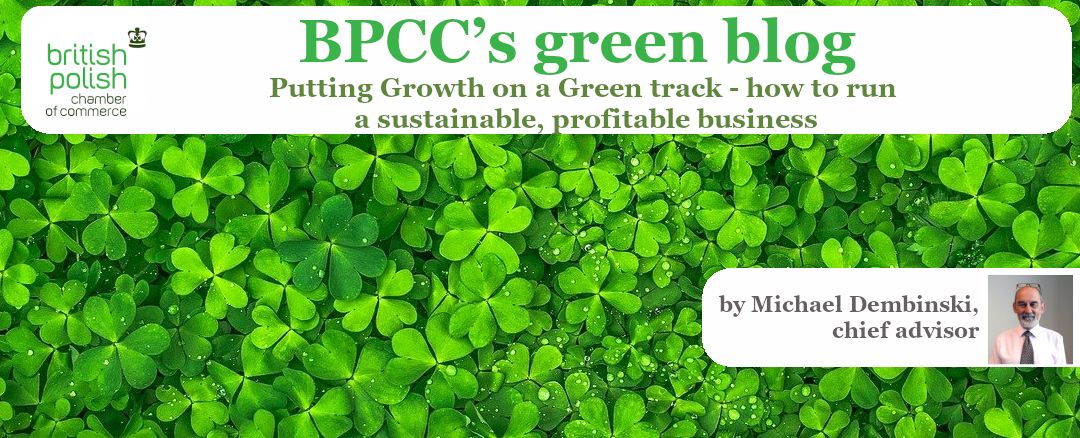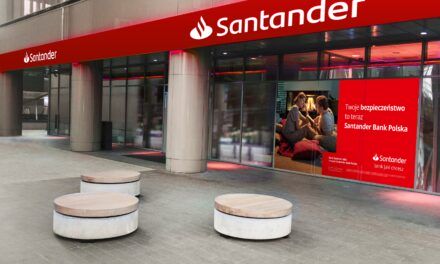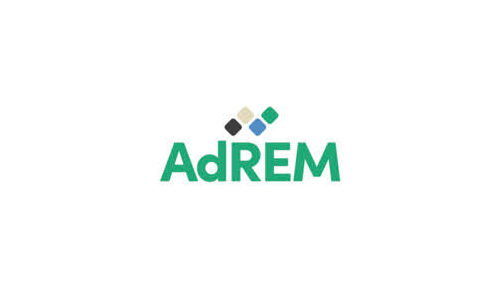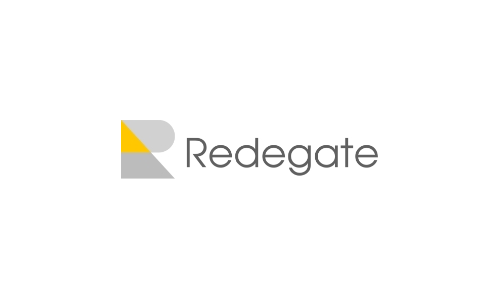11 October 2023
Environmentally, plastic is nasty stuff. Its raw material is oil or gas; once made it can take up to 500 years to decompose. Our oceans are choking on the stuff. Microplastics enter our food chain, and through our digestive systems, they end up in our oceans. Nasty stuff. Nearly all the plastics in use today are virgin (or primary) plastics, made from crude oil or gas. Global production of plastics from recycled (or secondary) plastics is around 30 million tonne a year, but this is still only 6% of all plastics production, which will be around 500 million tonnes* this year.
And around one third of all the plastic produced globally is used for packaging.
Plastic can only be recycled a finite number of times (between seven and nine before it loses its structural integrity). And some plastics, such as Styrofoam, cannot be recycled at all.
Other packaging materials are better suited to recycling. Cardboard is also restricted in the number of times it can be subjected to recycling – but then, at the end of its life, it decomposes within weeks. Aluminium and steel can both be recycled endlessly. Segregating the waste stream is an important discipline and minor inconvenience for consumers, but even so, the yellow (mix recyclables) bag is subject to expensive sorting at municipal waste facilities before the various plastics and metals are correctly separated and sent on to recycling. And even after all that, less than half of municipal waste in the EU is recycled or composted (globally, it’s less than one-fifth). The rest is incinerated (waste-to-energy) or goes to landfill.
So packaging is a vast source of waste with a huge impact on the environment and greenhouse-gas emissions. Consumers have been led to expect convenience, hygiene and low prices above all; plastic has allowed food processors, FMCG manufacturers and to encapsulate their products in packaging to protect them from damage or spoiling, to make them more attractive to the buyer.
But environmental concerns have led to increasing regulations. Here, the EU is taking the global lead. The EU’s proposed Packaging and Packaging Waste Regulations (PPWR) intend to mandate reusable packaging over recyclable, fibre-based packaging solutions. But this creates more problems than it solves. In particular, the amount of water needed for rinsing plastics will become a major issue, especially among southern member states, dealing increasingly with climate-change-induced droughts. Incentives are needed for manufacturers, wholesalers, retails and consumers, to ensure that the entire supply chain prepares for and complies with new regulatory demands. This will increase cost and decrease convenience – but it is something we will all have to do if we want to keep the average temperature of the surface of our planet from warming more than 1.5°C above what we have had for the past millennia.
It can be done, if we return to how things were once done. Growing up in England, I recall the days when fleets of electric vehicles would deliver fresh milk to many millions of doorsteps each morning, with milkmen collecting empty bottles to be rinsed and refilled. A perfectly circular, low-emissions, system that disappeared with the advent of large supermarkets and one-car-per-adult households.
Paper bags could replace polyethylene ones; glass could replace polystyrene for yogurt; glass could also replace PET for water and soft-drink containers. Cardboard packaging could easily substitute what is currently sold in HDPE. Yes, we could all do this – but our lives would become slightly more complicated, and we’d pay a little more in the shops. Surely a price we can pay for protecting the Earth.
* The total surface of planet Earth, land and sea, is 510 million square kilometres. So that’s about one tonne of plastic per square kilometre per year (and growing each year – it is forecast to grow to 1.2 billion tonnes by 2050).




























